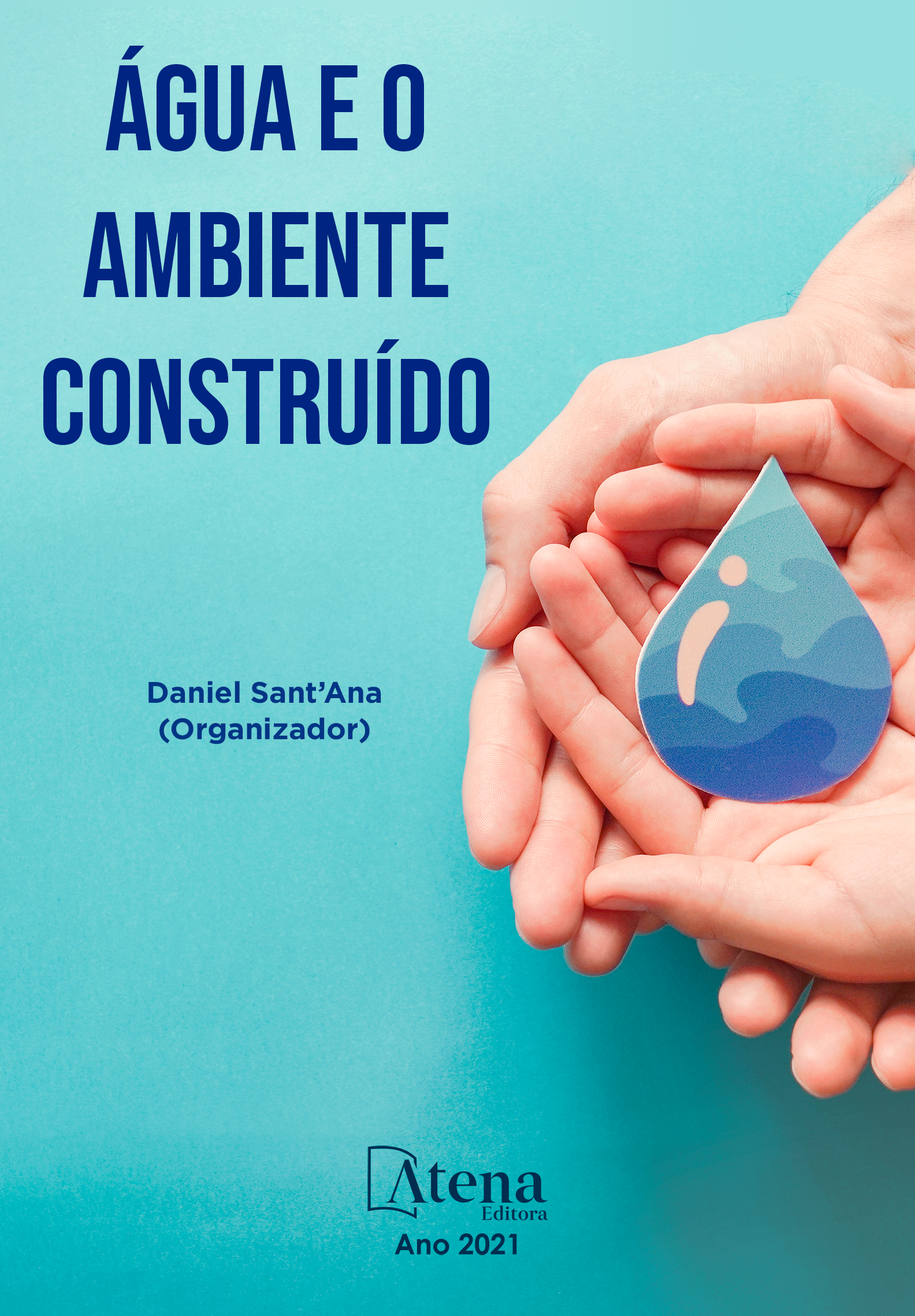
O Programa Olho d’água e suas contribuições para o enfrentamento da crise hídrica em Presidente Kennedy-ES
O trabalho apresenta o processo de implantação do Programa Olho D’Água, no município de Presidente Kennedy (ES), o qual buscava identificar as nascentes que precisavam ser recuperadas, em resposta à grande crise hídrica que, em 2014/2015, afetou significativamente o município. Trata-se de uma pesquisa quali–quantitativa, cujos referenciais teóricos fundam-se em documentos oficiais e dados coletados pela Secretaria de Meio Ambiente da prefeitura além de entrevistas aplicadas aos agricultores. Este programa foi apresentado aos agricultores por meio dos técnicos da Secretaria de Meio Ambiente que não apenas identificaram as nascentes, mas também implantaram um plano de ação para modificar a situação, apontando as consequências que essa crise poderia trazer às suas lavouras e plantações. Os resultados, apesar de tímidos, já aparecem e a natureza dá os primeiros sinais, sendo possível verificar a água em áreas outrora secas, como foi constatado na região próxima à divisa do estado do Rio de Janeiro e em localidades próximas à BR 101.
O Programa Olho d’água e suas contribuições para o enfrentamento da crise hídrica em Presidente Kennedy-ES
-
DOI: 10.22533/at.ed.7102127019
-
Palavras-chave: Nascentes. Recuperação. Crise hídrica.
-
Keywords: Springs. Recovery. Water Crisis.
-
Abstract:
The work presents the implementation process of the Olho D'Água Program, in the municipality of Presidente Kennedy (ES), which sought to identify the springs that needed to be recovered, as a response to the great water crisis that, in 2014/2015, significantly affected the County. This program was presented to farmers through the technicians from the Environment Secretariat who not only identified the springs, but also implemented an action plan to change the situation, pointing out the consequences that this crisis could bring to their crops and plantations. It is a qualitative – quantitative research, whose theoretical references are based on official documents and data collected by the City's Environment Secretariat. Although timid, results already appear and nature gives the first signs, being possible to check water springs in areas that were once dry, as was observed in the region near the border of the state of Rio de Janeiro and in locations close to BR 101.
-
Número de páginas: 16
- Geane Pacheco da Silva Florindo
- Kátia Correa Pacheco
- Róger Costa Fonseca
- Desiree Gonçalves Raggi
- Carla Corrêa Pacheco Gomes


